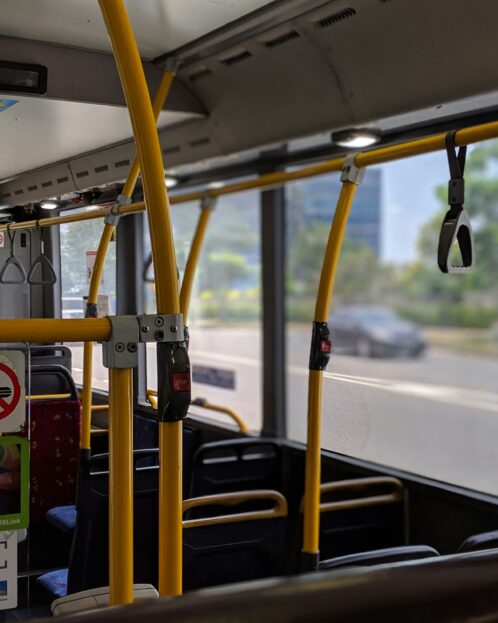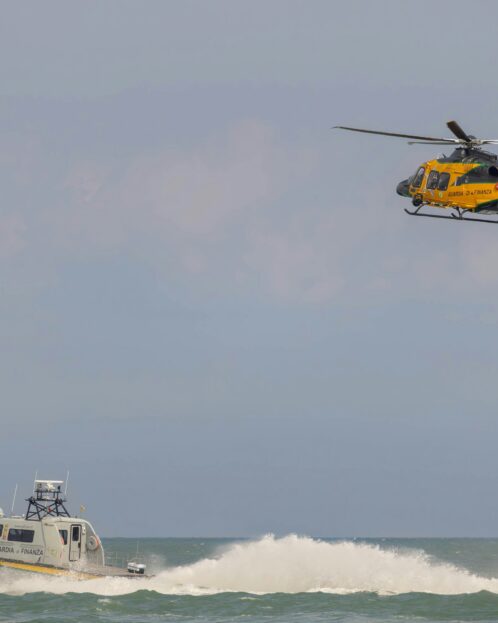2018-19
New Zealand
New Zealand Transport Agency
Background
Due to changes in bus and rail contracting arrangements, regional councils across New Zealand will start to take fare revenue risk as new contracts come into force. As a result, there is a requirement to consider future ticketing arrangements.
One option for future ticketing is to extend the existing AT Hop system to the rest of New Zealand. The technology base of AT Hop, however, is relatively old and is being over-taken by newer ‘account based’ ticketing systems. Account based ticketing is, increasingly, the preferred standard for contemporary public transport ticketing systems.
NineSquared was engaged to develop a model that compared the financial impact of the different options for regional New Zealand. These options included:
- Extending the existing AT Hop system to the rest of New Zealand regional councils
- Procuring a new ‘account based’ ticketing system and maintaining a separate AT Hop system which would be transitioned into the new account based system at some future point in time
- Procuring a new ‘account based’ ticketing system and maintain a separate AT Hop system. When the AT Hop system was ready for renewal, Auckland Transport would undertake the renewal and maintain the renewed system separately from the rest of the New Zealand’s account based system (that is, there would be two systems) for the foreseeable future.
Our role
The project was divided into two stages. In Stage 1, NineSquared assessed a number of ticketing scenarios and worked with Auckland Transport and the Greater Wellington Regional Council to determine the technical feasibility and to develop a shortlist of options to consider in detail.
Three options (outlined in the previous section) were taken forward into the next stage of the project. In this stage, NineSquared developed detailed operating concepts for the three options. This included estimating the number and functionality of devices that would be required on each of the regional public transport systems (including, for example, numbers of bus driver consoles, fare payment devices, ticket vending machines and so on). Cost ranges for each of these devices were developed based on internal data held by NineSquared and corroborated through research with vendors and transit authorities.
Operating models were then subjected to a risk assessment and risks were quantified where possible. Each option then had its cash flow modelled using a discounted cash flow analysis over a 10 year period. Cash flows were risk adjusted using monte-carlo analysis to identify high risk cost drivers and to provide decision makers with the quantum of risk associated with extending the AT Hop system in each of the modelled scenarios.
NineSquared used the risk adjusted discounted cash flow model to inform a detailed report comparing each of the options with each other including consideration of the expected costs and risks of each of the options.
Connect with our team
Contact
 Download
Download




 More projects
More projects